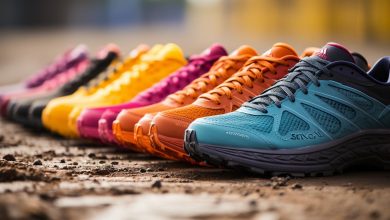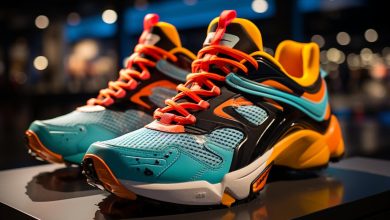Understanding Pronation: Finding the Right Shoe for Your Foot Type
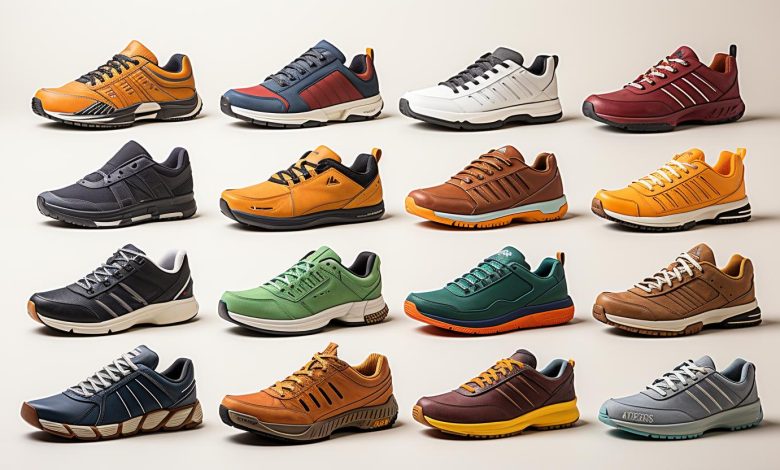
Are you tired of feeling like you’re walking on clouds, but not in a good way? Understanding pronation is the key to finding the perfect shoe for your foot type.
Think of your feet as the foundation of a building – if they aren’t properly supported, everything else can come crashing down.
In this article, we’ll guide you through identifying your foot type and common issues caused by incorrect shoe selection.
Get ready to step into comfort and conquer any terrain with confidence!
The Importance of Understanding Pronation
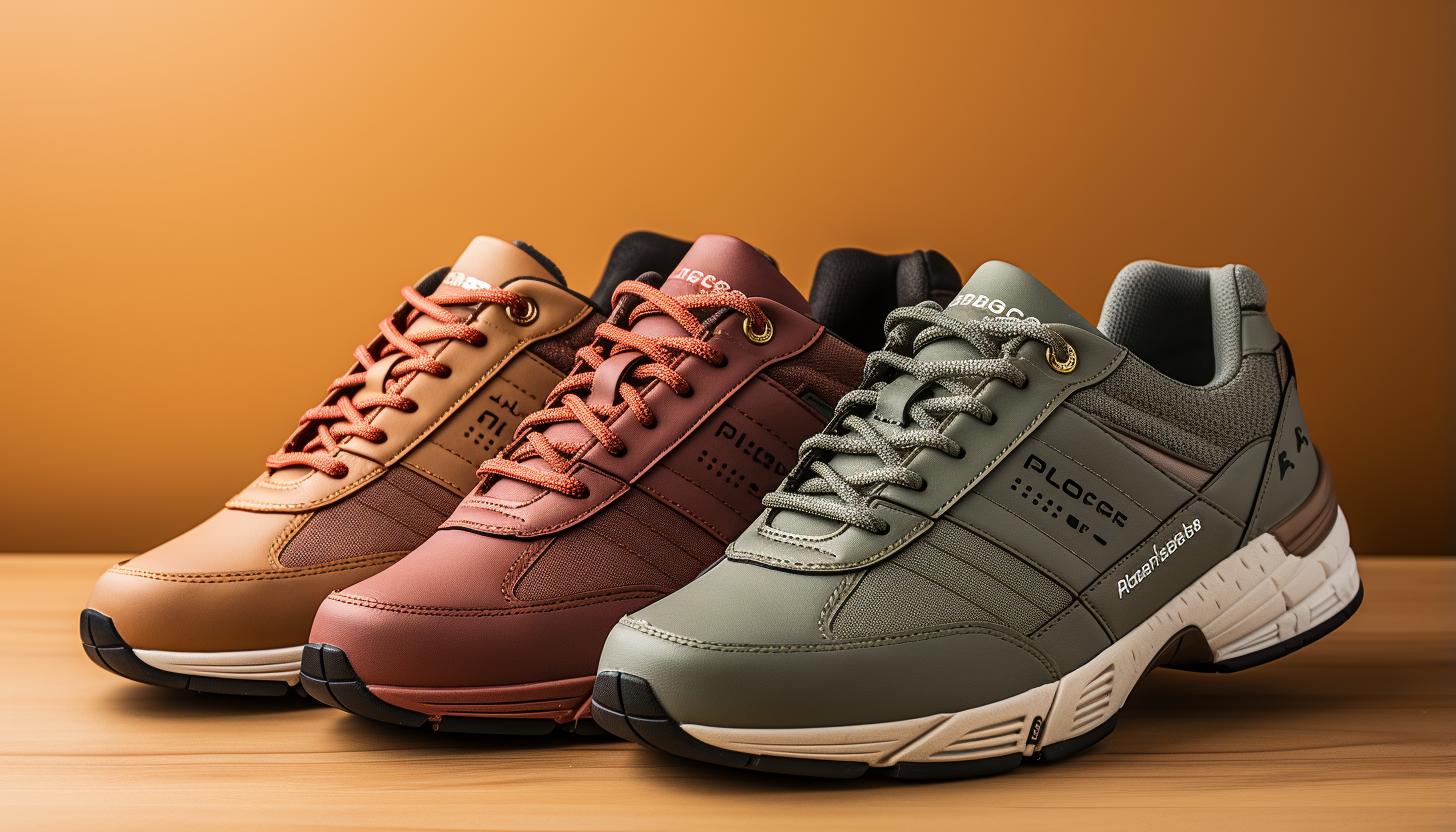
Understanding pronation is important because it helps you find the right shoe for your foot type. Pronation refers to the natural inward rolling motion of your foot as it strikes the ground during walking or running. It plays a significant role in athletic performance, and understanding its impact can make a difference in how you choose your shoes.
Proper pronation control is crucial for athletes as it affects their overall performance and prevents injuries. When your foot overpronates or underpronates, it can lead to imbalances and stress on different parts of your body, such as ankles, knees, hips, and even the lower back. By understanding pronation patterns specific to your feet, you can select shoes with appropriate features that provide cushioning and support where needed.
Shoe cushioning plays a vital role in controlling pronation. The right amount of cushioning absorbs shock upon impact and helps distribute pressure evenly throughout your foot. Shoes designed for overpronators typically have additional stability features like firmer midsoles or medial support to prevent excessive inward rolling. On the other hand, shoes for underpronators often focus on providing ample cushioning to compensate for reduced natural shock absorption.
Identifying Your Foot Type
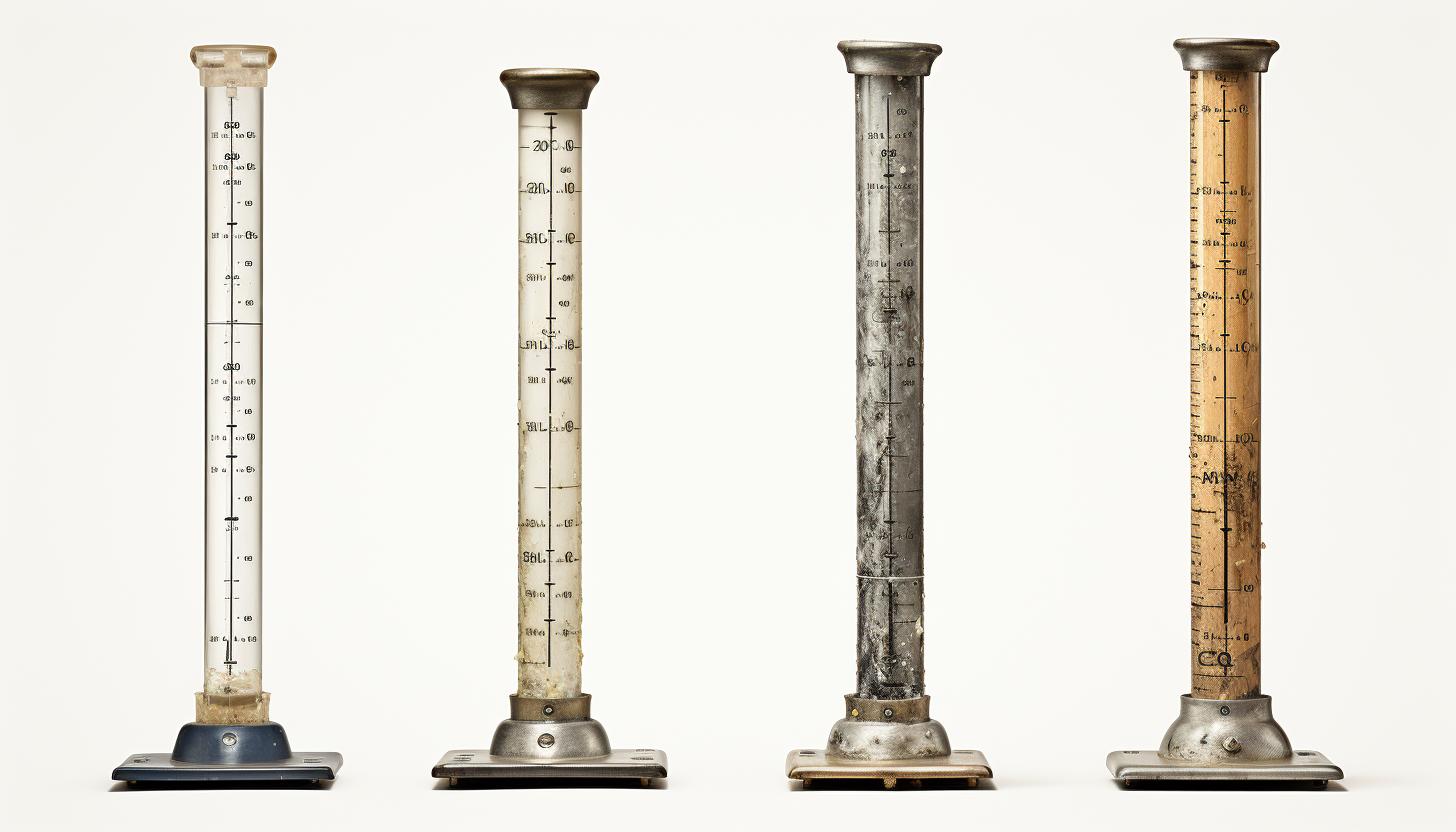
To identify your foot type, you’ll want to start by examining the arches of your feet. Understanding the anatomy of your feet is crucial in finding the right shoe that provides optimal support and comfort. The arches in your feet play a significant role in distributing weight and absorbing shock while walking or running.
There are three main types of foot arches: high arches, normal or medium arches, and flat arches. High arches occur when there is an excessive curve in the middle section of the foot. Normal or medium arches have a moderate curve that allows for efficient weight distribution. Flat arches, also known as low arches, have minimal curvature and tend to put more pressure on the heel and forefoot.
Identifying your specific foot type is important because it can help determine which shoes are best suited for you. Shoes with appropriate support and cushioning can prevent common foot issues caused by incorrect shoe selection such as plantar fasciitis, shin splints, and overpronation.
Common Foot Issues Caused by Incorrect Shoe Selection
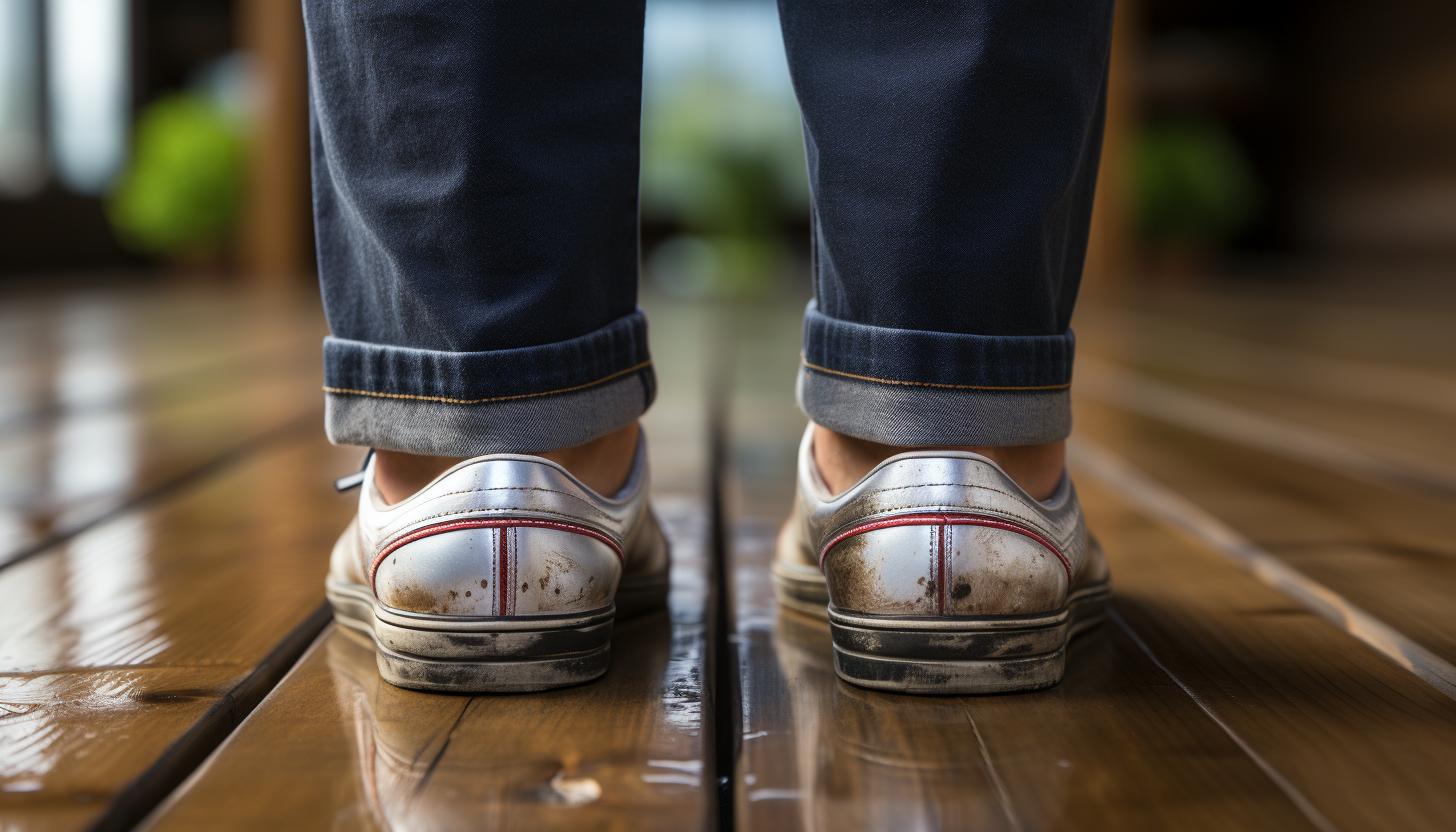
Identifying your specific foot arch type is crucial in order to prevent common foot issues caused by wearing ill-fitting shoes. The impact of incorrect shoe selection on foot health cannot be underestimated.
Wearing shoes that do not support your arch properly can lead to a variety of problems, including foot pain and injuries. When you wear shoes that are too tight or too loose, don’t provide enough cushioning, or lack proper arch support, it can result in discomfort and pain in your feet. Over time, this can lead to more serious conditions such as plantar fasciitis, shin splints, and stress fractures.
By selecting the right shoe for your specific foot type, you can prevent these foot issues from occurring. Proper shoe selection is essential in preventing foot pain and injuries. Shoes with good arch support help distribute your weight evenly across your feet and reduce the strain on your muscles and ligaments.
In the next section, we will discuss choosing the right shoe for overpronation, which is a common condition where the foot rolls inward excessively during walking or running. By understanding how to choose the right shoe for overpronation, you can further protect your feet from potential pain and injuries caused by poor alignment.
Choosing the Right Shoe for Overpronation
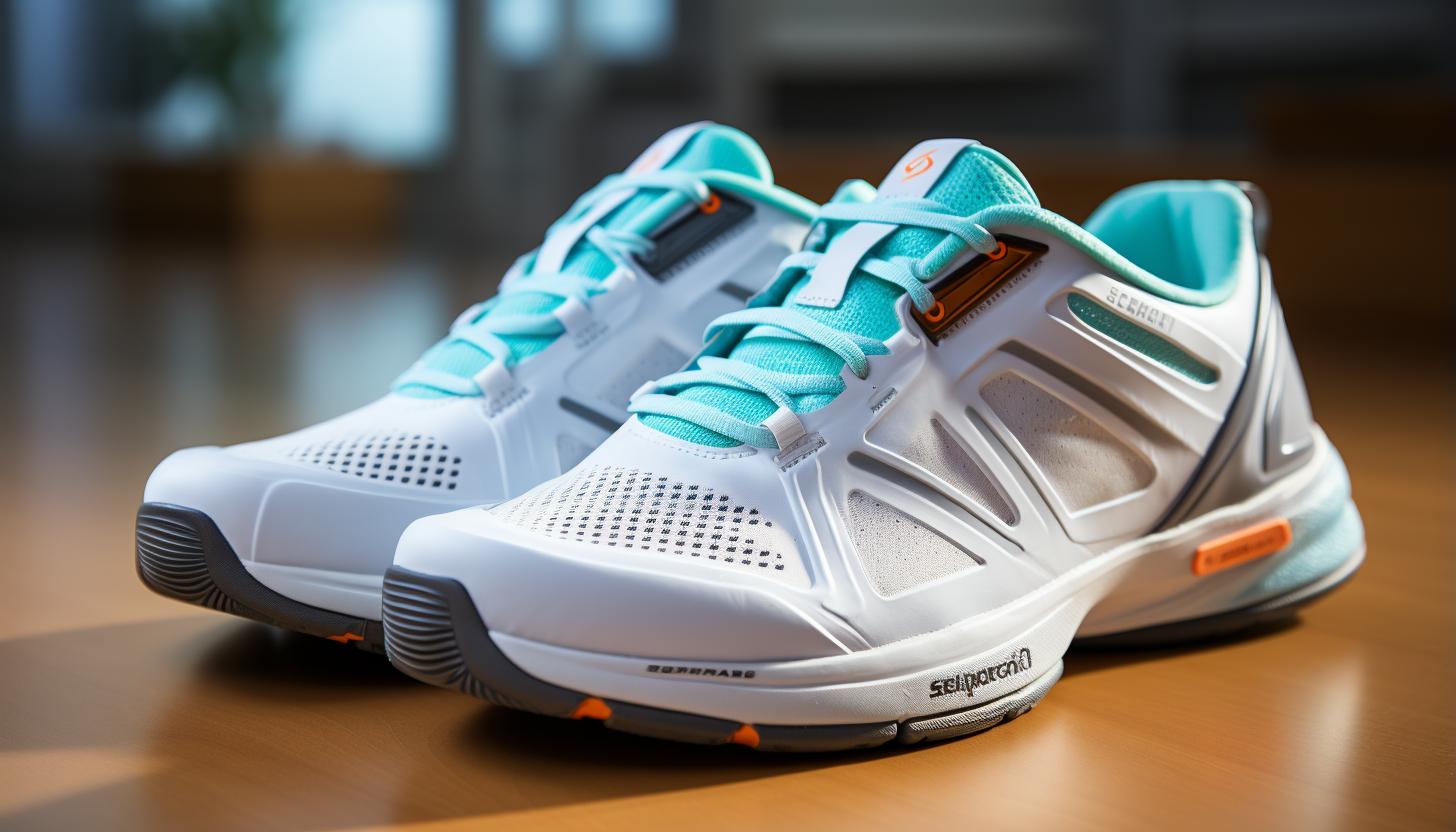
When your foot rolls inward excessively while walking or running, choosing the right shoe is crucial for preventing pain and injuries. Overpronation, which refers to this excessive inward rolling motion of the foot, can lead to various foot problems if not properly addressed. One major factor that contributes to overpronation is incorrect shoe selection. Wearing shoes that do not provide adequate support and stability can exacerbate the issue and increase the risk of injuries.
To help you make an informed decision, here is a table outlining key features to look for when selecting shoes suitable for overpronation:
| Feature | Description | Benefits |
|---|---|---|
| Arch Support | Provides additional support to the arch | Helps control excessive inward rolling |
| Cushioning | Absorbs shock during impact | Reduces stress on joints and muscles |
| Motion Control | Limits excessive pronatory movement | Enhances stability and reduces overpronation |
| Stiff Heel Counter | Reinforces rearfoot support | Minimizes inward rolling of the heel |
Choosing the Right Shoe for Underpronation
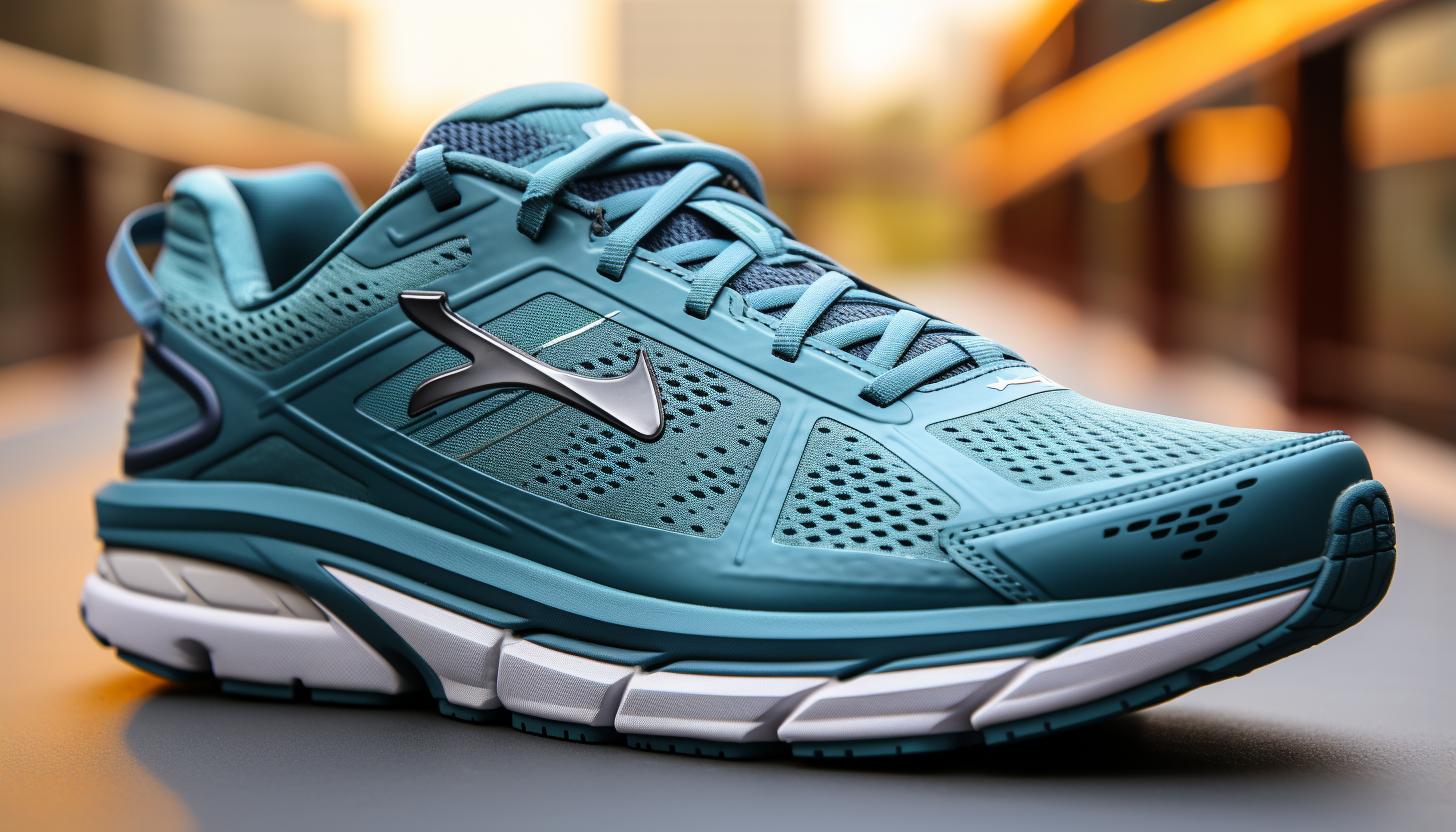
If you have underpronation, it’s important to choose shoes that provide extra cushioning and flexibility to help absorb shock and promote a more neutral foot motion. Underpronation, also known as supination, is when your foot doesn’t roll inward enough during the gait cycle. This can lead to various issues such as ankle sprains, stress fractures, and plantar fasciitis.
One option that can greatly benefit underpronators is custom orthotics. These are specially designed shoe inserts that are tailored to your specific foot shape and needs. They provide additional support and stability to help correct the alignment of your feet and ankles. Custom orthotics can also help distribute pressure more evenly across your feet, reducing the risk of developing painful conditions.
In addition to wearing proper shoes and considering custom orthotics, there are some other tips you can follow to prevent injuries if you have underpronation:
1. Gradually increase your mileage when running or participating in high-impact activities.
2. Strengthen your lower leg muscles through exercises like calf raises and toe curls.
3. Stretch regularly to improve flexibility in your calves, hamstrings, and feet.
4. Avoid running on uneven surfaces or concrete for extended periods.
Conclusion
So now that you understand the importance of pronation and how it affects your feet, it’s time to find the right shoe for your foot type.
Remember, choosing the wrong shoe can lead to common foot issues like plantar fasciitis or shin splints. Don’t worry though, there is a solution!
By identifying your foot type and selecting a shoe specifically designed for overpronation or underpronation, you can prevent these problems and keep your feet happy and healthy.
So go ahead, take that next step towards finding the perfect shoe for you!


